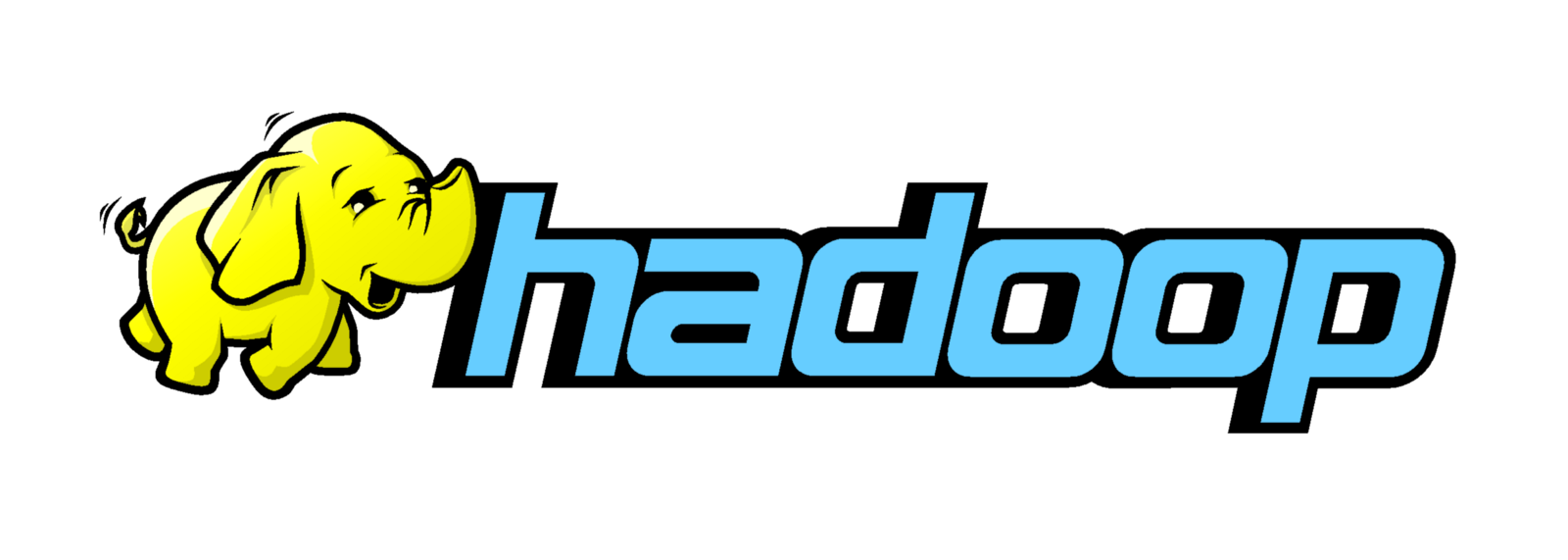
What is Big Data? – A Beginner’s Guide
9th March 2019
Haddop-Tool For Bigdata
13th March 2019Today Is Very Specials For All Of Us Because Today WWW has Completed It’s Journey Of 30 Years. As We All Already Know WWW-(World Wide Web) Is For Any Website Prefix.
But Today I Will Give All Introduction About Actually What Is (World Wide Web), It’s Just Not Only Prefix For Web URL.
The World Wide Web is what most people think of as the Internet. It is all the Web pages, pictures, videos and other online content that can be accessed via a Web browser.
The Internet, in contrast, is the underlying network connection that allows us to send email and access the World Wide Web.
The early Web was a collection of text-based sites hosted by organizations that were technically gifted enough to set up a Web server and learn HTML.
It has continued to evolve since the original design, and it now includes interactive (social) media and user-generated content that requires little to no technical skills.
History Of WWW-(World Wide Web)
So Go Ahead We Must Who Behinds It ? How It Will Come In Market? We All Really Thankful For Him. Because This Invention Changes Our Whole Life Style. So Let’s Go Get Knowledge About Him.
A Great Scientist Sir Tim Berners-Lee Invented The World Wide Web -(WWW) in 1989 by to advance the open web as a public good and a basic right.
They Believes in independent, international organisation fighting for digital equality. A world where everyone can access the web and use it to improve their lives.
Fundamental Technologies
At October of 1990, Tim had written the three fundamental technologies that remain the foundation of today’s web :
- HTML:
- Hyper Text Markup Language. The markup (formatting) language for the web.
- URI:
- Uniform Resource Identifier. Uniform Resource Identifier Is unique and used to identify to each resource on the web.
- It’s also commonly Known As URL.
- HTTP: Hypertext Transfer Protocol. Allows for the retrieval of linked resources from across the web.
Tim also wrote the first web page editor/browser (“WorldWideWeb.app”) and the first web server (“httpd“).
At end of 1990, the first web page was served on the open internet, and in 1991, people outside of CERN were invited to join this new web community.
Tim moved from CERN to the Massachusetts Institute of Technology in 1994 to found the World Wide Web Consortium (W3C), an international community devoted to developing open web standards. He remains the Director of W3C to this day.
Some Revolutionary Ideas That Are Now Spreading Far Beyond The Technology Sector:
- Decentralisation:
- No permission is needed from a central authority to post anything on the web, there is no central controlling node, and so no single point of failure … and no “kill switch”! This also implies freedom from indiscriminate censorship and surveillance.
- Non-discrimination:
- If I pay to connect to the internet with a certain quality of service, and you pay to connect with that or a greater quality of service, then we can both communicate at the same level. This principle of equity is also known as Net Neutrality.
- Bottom-up design:
- Instead of code being written and controlled by a small group of experts, it was developed in full view of everyone, encouraging maximum participation and experimentation.
- Universality:
- For anyone to be able to publish anything on the web, all the computers involved have to speak the same languages to each other, no matter what different hardware people are using; where they live; or what cultural and political beliefs they have. In this way, the web breaks down silos while still allowing diversity to flourish.
- Consensus:
- For universal standards to work, everyone had to agree to use them. Tim and others achieved this consensus by giving everyone a say in creating the standards, through a transparent, participatory process at W3C.
New permutations of these ideas are giving rise to exciting new approaches in fields as diverse as information (Open Data), politics (Open Government), scientific research (Open Access), education, and culture (Free Culture). But to date we have only scratched the surface of how these principles could change society and politics for the better.
In 2009, Sir Tim established the World Wide Web Foundation. The Web Foundation is advancing the Open Web thriving society by connecting everyone, raising voices and enhancing participation.





